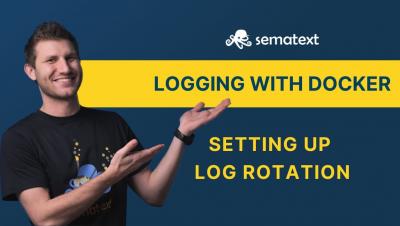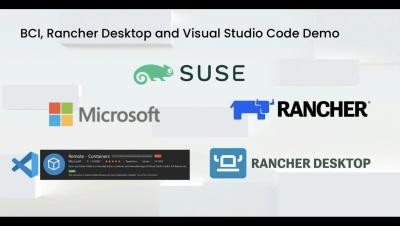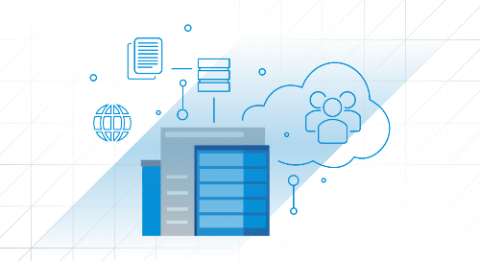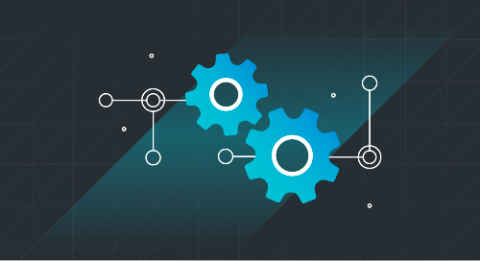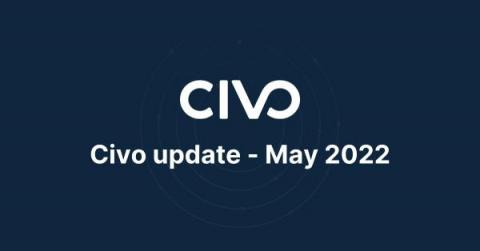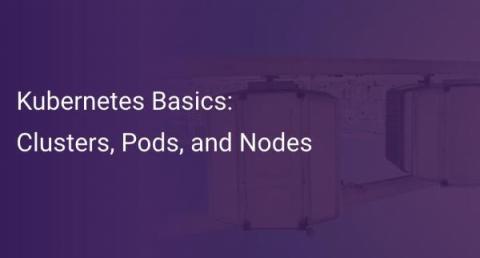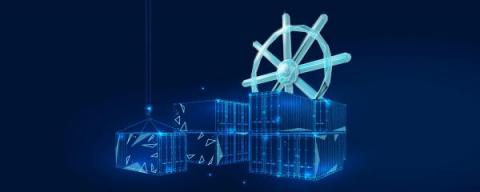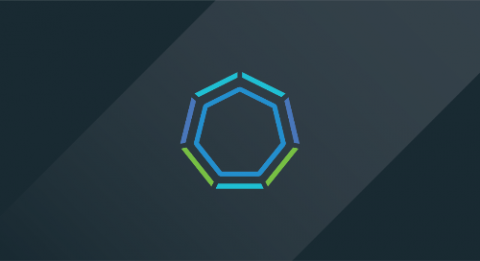Operations | Monitoring | ITSM | DevOps | Cloud
Containers
The latest News and Information on Containers, Kubernetes, Docker and related technologies.
Rancher Desktop 1.3 demo
Rancher Desktop, BCI, Microsoft VSCode
How Infrastructure Virtualization Accelerates Data Science: VMware Tanzu and Domino Data Lab
Scaling data science is hard. From natural language processing for model-driven policy approvals to image classification in biotechnology to supply chain risk and anomaly detection in advanced manufacturing, data science brings tremendous promise—but not without challenges. Only 21 percent of businesses are gaining a major competitive advantage through the use of data and analytics tools, according to a recent survey.
Beyond CI/CD: The Software Supply Chain Is the Enterprise Path to Production
For those managing enterprise software development organizations, the concept of software supply chains—that is, the set of sources and actions that take software from “raw materials” to a finished product—might represent an abstract concept. While this definition is essentially correct, it doesn’t do enough to explain how supply chains can be complementary to your existing continuous integration and continuous deployment (CI/CD) environments.
Civo Update - May 2022
In April, we made Civo Academy publicly available for all. This was a pivotal step to put developers first so anyone with an interest can learn everything they need to know to create and maintain their Kubernetes environment. We also released a new report called "The Cost of Cloud", a white paper looking into the complexity of cloud costs for businesses and alternatives beyond the hyperscalers.
Kubernetes Basics: Clusters, Pods, and Nodes
Containerization and Kubernetes have taken the DevOps world by storm in the past decade. More and more companies have turned to this technology to enhance their deployment workflows and cut costs. Examples like Pokemon Go and OpenAI would not have been feasible without Kubernetes. While Kubernetes is a growing technology in the current times, it comes with a relatively steep learning curve.
Kubernetes in Docker Desktop Just Got Easier with Epinio
Epinio takes developers from application to URL in one step. In this blog post, I’m going to tell you about the new Epinio extension for Docker Desktop, that allows you to run Epinio on your laptop. DevOps are very interested in the details of containerized workloads and Kubernetes especially, but for developers, the abstraction layer provided by Kubernetes might not be too relevant to their daily work.
Understand the Most Important Aspects of Kubernetes Objects
Objects are fundamental aspects of Kubernetes (K8s). To work with K8s, you need to understand how basic objects function. In this article, we’ll explain the purposes of the K8s objects you’ll run into most frequently. Objects are separated into two categories: Primitives and Controllers.
As Kubernetes Becomes Ubiquitous, VMware Aims to Solve New Challenges
You can tell the maturity of something by its challenges. For example, the problems of a 27-year-old are different from those of a 47-year-old. In case it’s not clear, this is my attempt at making a relatable analogy to the maturity of Kubernetes. Though, it might be more accurate to say Kubernetes has reached a point of ubiquity; industry analyst research, foundation surveys, and studies including VMware’s 2022 State of Kubernetes report certainly indicate such.


